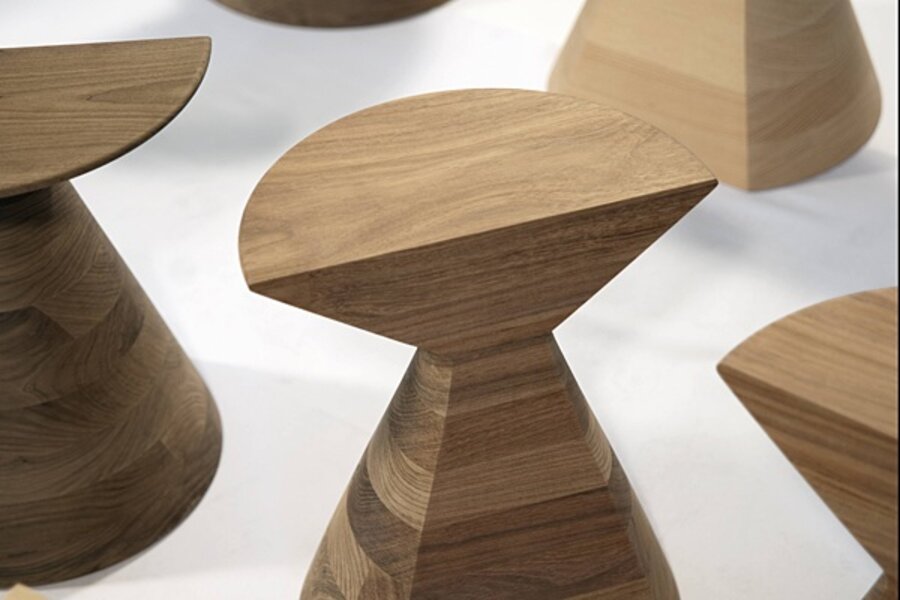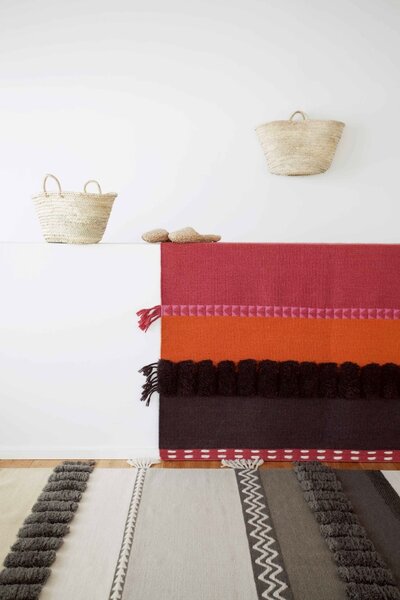Traditional and modern merge in Mexico's ZonaMaco art fair
Loading...
| Mexico City
Mexican artists want to redecorate the world of design.
A generation of designers is drawing inspiration from Mexico’s rich folklore, relying on colors and patterns; textiles, glass, and ceramic; shape and form that recall the country’s indigenous and colonial artisanal traditions.
This week, Mexico’s top design artists earned a spot for the second year running in Mexico City’s prestigious contemporary art fair, ZonaMaco. Considered the most important in Latin America, ZonaMaco draws nearly 100 galleries and some 30,000 visitors. Eleven Mexican industrial and interior design galleries are participating in the five-day fair, a few ranking among the vanguard of global contemporary design.
Mexican contemporary design distinguishes itself partly by its ability to twist tradition into modern objetos de arte, and partly for its commitment to sustainability.
Anchoring one corner of ZonaMaco’s design section, Hector Esrawe of Esrawe studio displayed a forest of stools with half moon seats made of walnut, beech and tzalam, a tree native to the south of Mexico. His sleek glass carafes mimic Mexico’s traditional terracotta water jugs with a modern twist.
His and other designers’ work is a departure from a time when the design scene in Mexico was all about “assuming models that weren’t ours, believing that good stuff always came from outside,” says Mr. Esrawe.
“Over the past 10 years, in architecture, design, [and] art, there has been a reconciliation toward feeling proud of what we are as a culture, toward linking with the traditions of our people, toward returning value to that which is everyday,” Esrawe says.
Carrying on with this trend, Rodrigo Alegre of Mexico City’s Studio Roca said the studio recently invited eight Mexican artists to participate in a new collection for its line of residential furniture and interior accessories.
“The theme is sustainability, not only in materials but social sustainability,” Mr. Alegre says. The idea is that the projects “be socially inclusive and that the detonator be Mexican culture.”
Another gallery featured at ZonaMaco, Rococo, advertises in its catalog a Rococo-style couch upholstered in patterns inspired by Mexico’s indigenous Huichol masks and textiles decorated with colorful roosters.
Last fall, Mexico City’s Museum of Modern Art paid homage to the growing trend of mixing modern with traditional in an exhibit called “The Mexican Factory: Contemporary Industrial Design” celebrating the country’s special contributions to the design world.
Get daily or weekly updates from CSMonitor.com delivered to your inbox. Sign up today.








